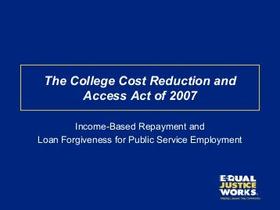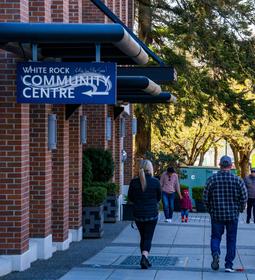10 Essential Money Management Tips for Community College Students
It’s common knowledge that community college is more affordable than tuition at a private university, but that may not be universally true. The average cost of tuition at community college is $3,660 per year, a cost that is twice as high as it was 30 years ago. Even if community college is less costly than a traditional four-year college, it isn’t cheap, and there are other costs to consider.
In this article, we’ll determine whether community college is really the most affordable option and what costs other than tuition students should plan for. You’ll also receive some helpful tips for managing your money while attending community college.
The True Cost of a College Degree
Over the past few decades, a college degree has changed from a luxury that only the privileged were able to obtain into a necessity if you want to get anything more than a minimum wage-paying job. A strong work ethic is no longer enough to land a job or to keep it, and many fields have begun to require an associate’s or bachelor’s degree for entry-level positions.
Statistics show that college graduates earn 66% more than those with only a high school diploma and, throughout a lifetime, earn about $1 billion more. It is essential to consider, however, at what cost this benefit comes. A college degree has never been more necessary if you want to succeed in the workforce, but it has































